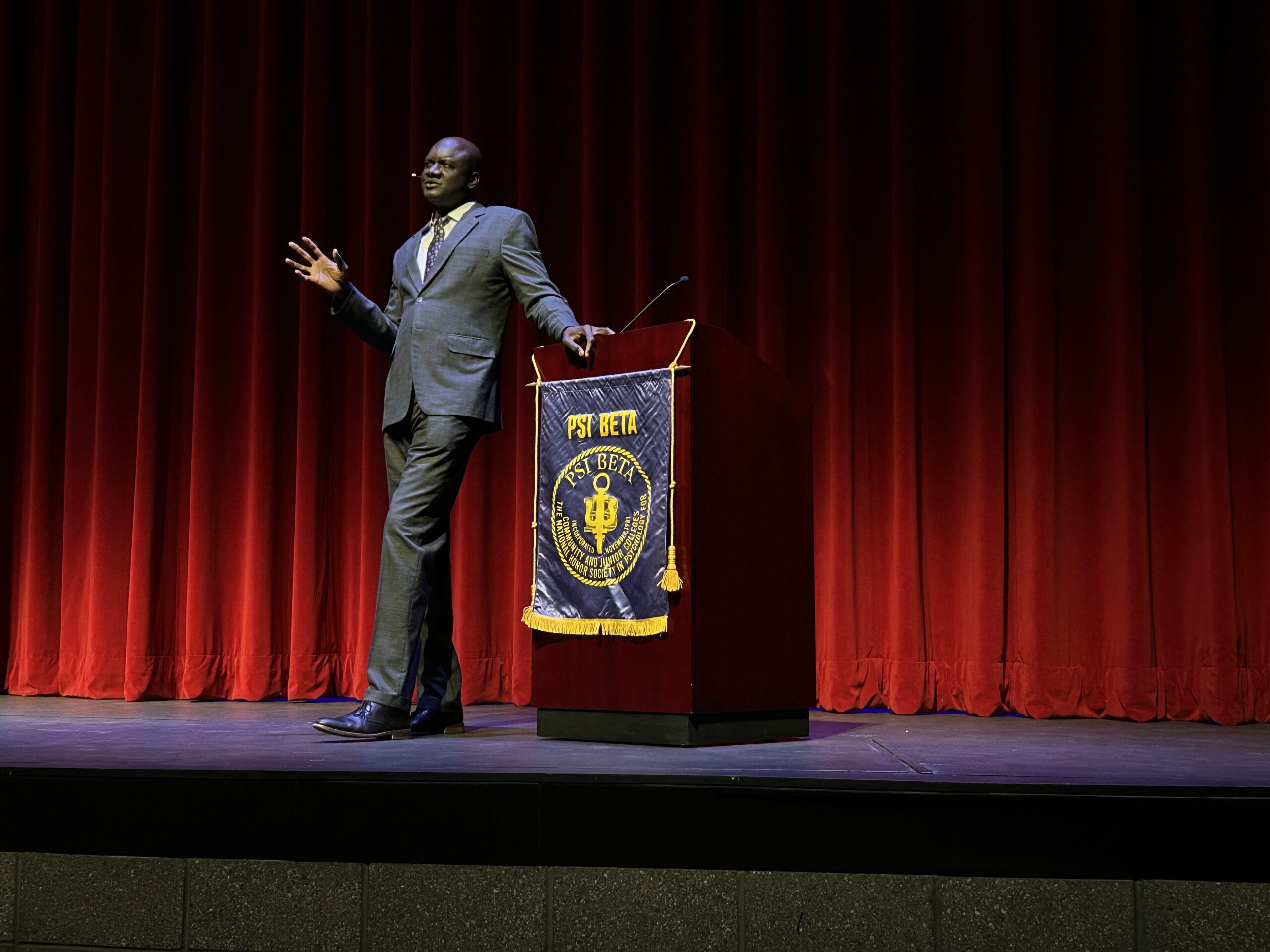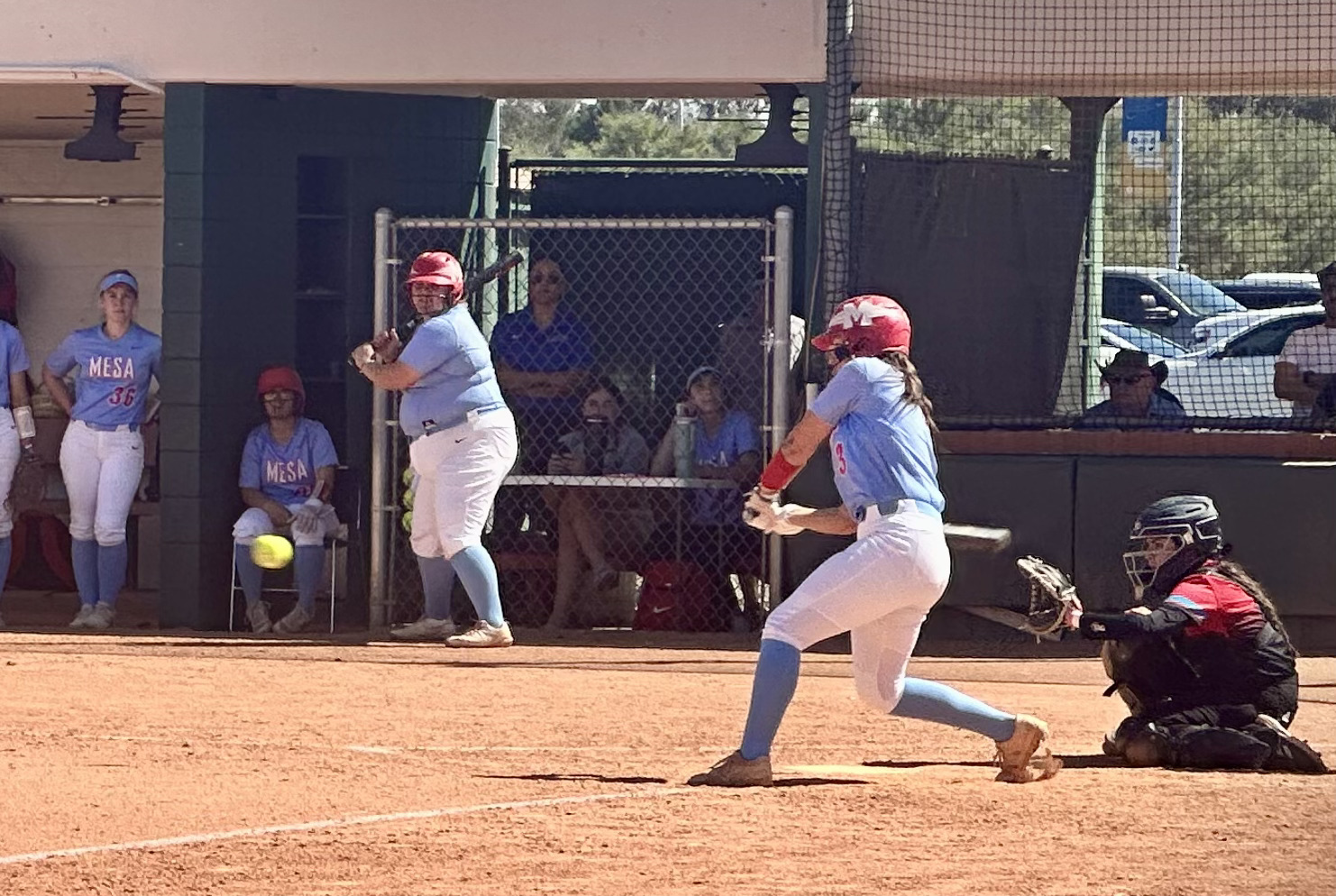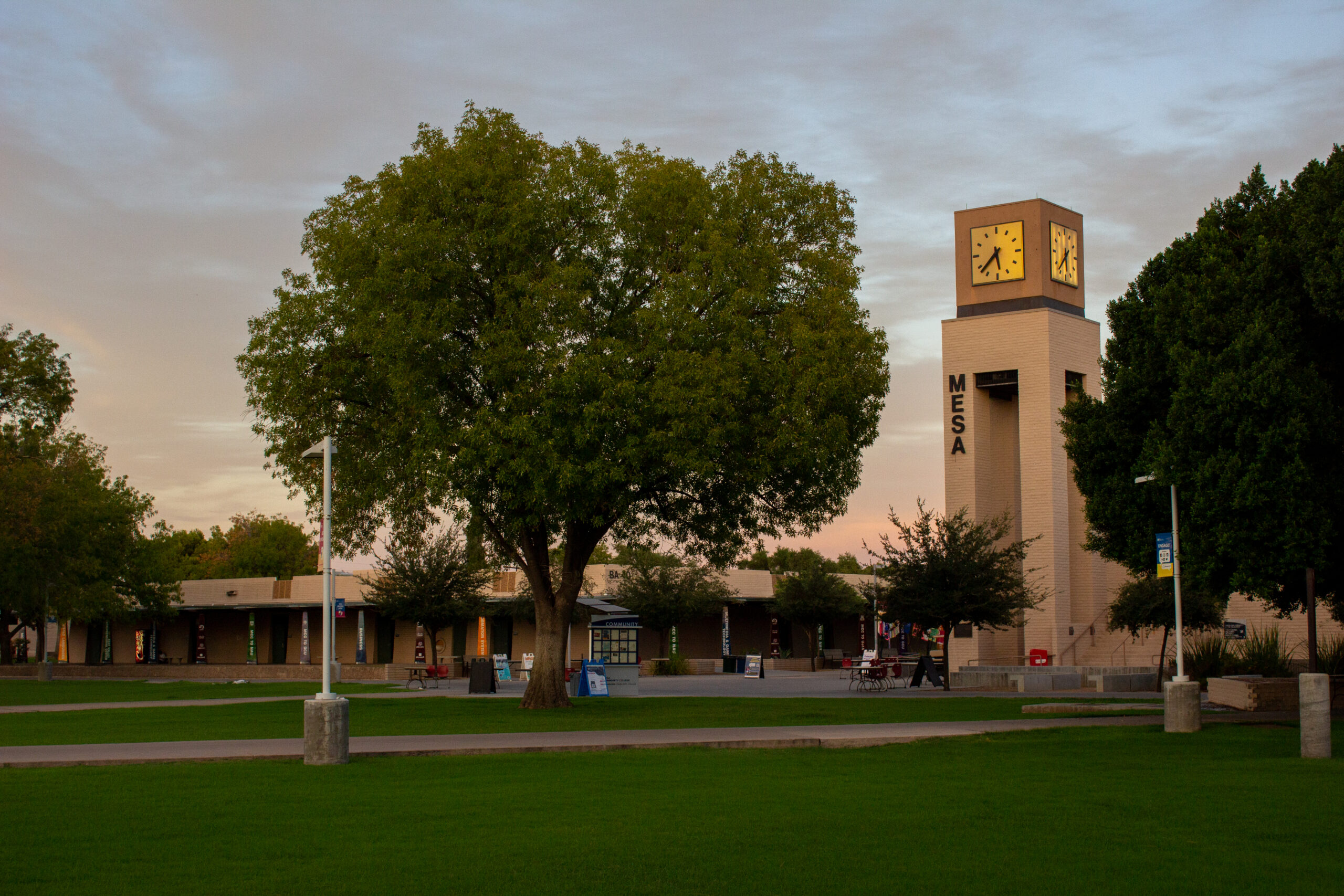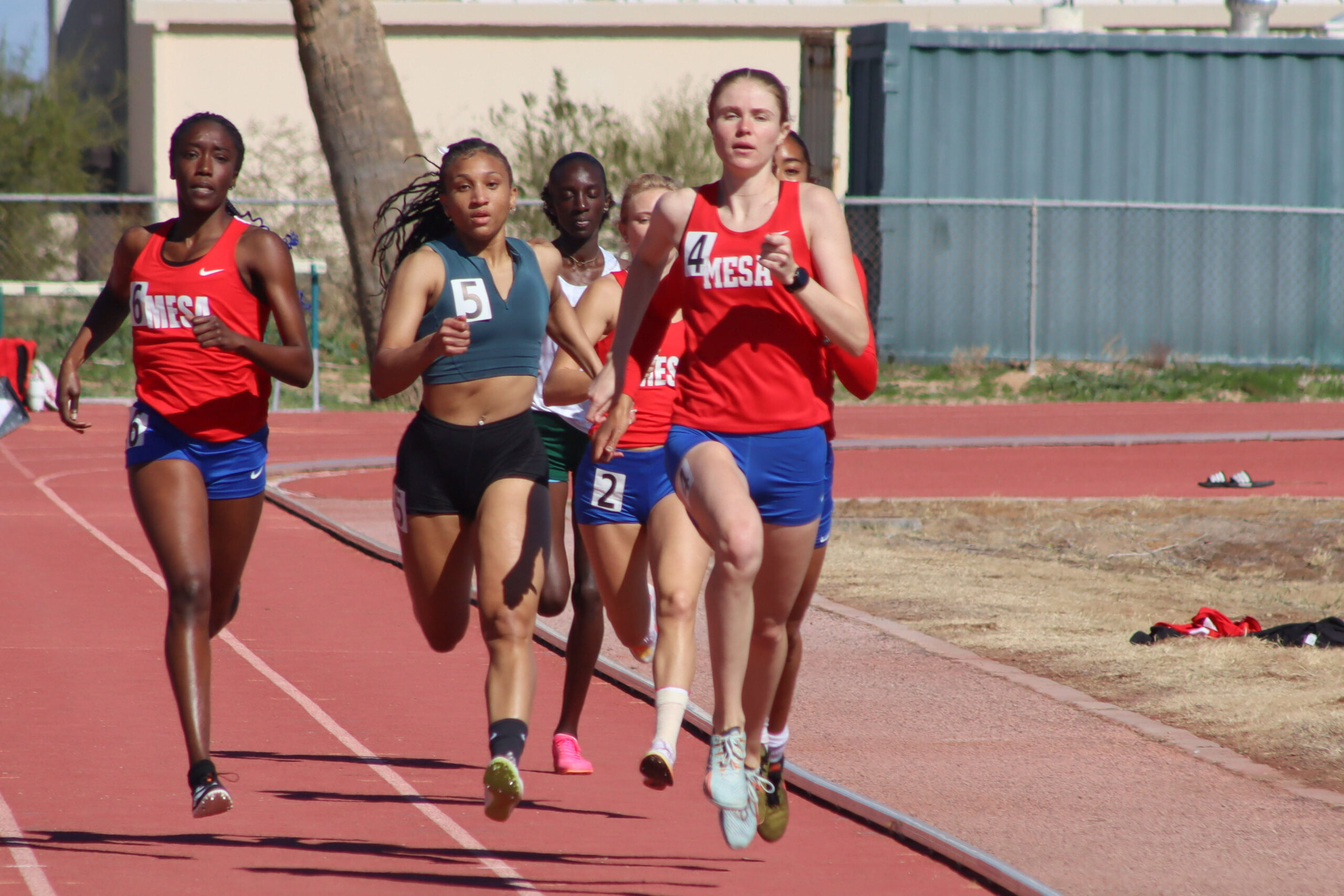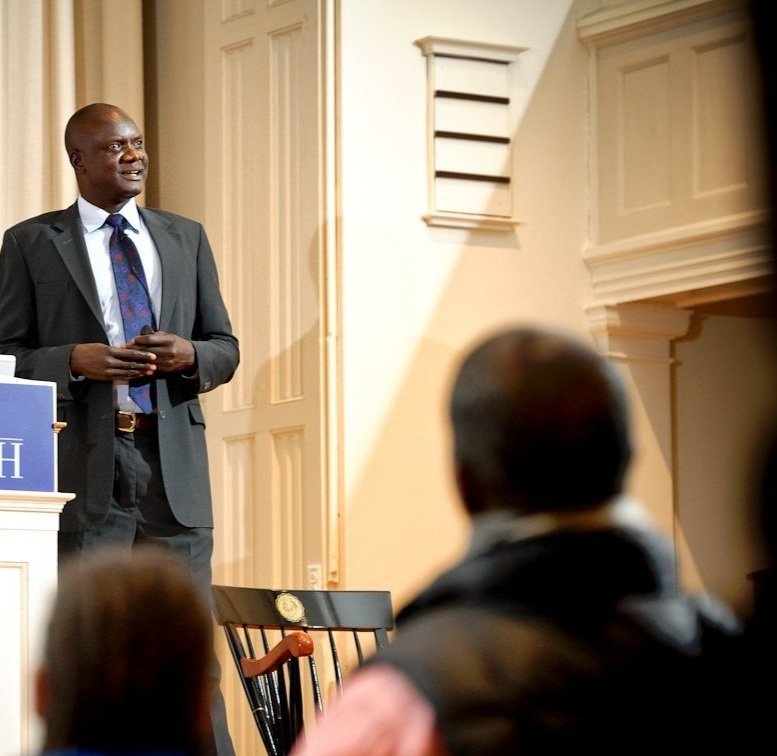Cubs Park spring training brings revenue to local area
Rene Gomez
In February 2014 the Chicago Cubs unveiled their brand new spring training facility in Mesa to introduce the public to their new economic nest egg. Arizona has been the spring training home for the Cubs for 62 years; Mesa has been their spring home since 1979.
The Cubs are arguably Arizona’s hottest spring training ticket as many Illinois residents either make vacation plans or own property in Arizona so they can see the Cubs in action during spring.
The stadium will have the largest seating capacity of all stadiums in the Cactus League with 15,000 total; 9,200 fixed seats, 4,200 outfield capacity, and 1,600 suite level seats.
Tickets will range from $8 for the general admission lawn ($12 marquee game price) to $34 for infield box seating ($38 marquee game price) with a $2 premium for day of purchase.
There are also first and third base “party decks” where a ticket will cost $40 regularly and $44 for a marquee game.
Tail-gating is even permitted in the parking lots of the stadium as there has been an upward trend of pre-game partying before start time.
Jason Carr, a Cubs media representative, confirmed as of March 21 the team “has sold out eight of their 11 home games” this spring with March 22 as a projected ninth sell out.
The Cubs’ economic impact generates so much revenue and according to city officials it is approximately $52 million from Chicago-based fans alone.
According to a report from Mesa Mayor Scott Smith, spring training brings in $130 million total to Mesa. Revenue is being generated in other avenues in addition to the game revenue.
Local restaurants, hotels, car rental services and retail stores are the main beneficiaries (especially restaurants).
Durell Moree, manager of Logan’s Roadhouse at Mesa Riverview, likes having the stadium nearby for the restaurant. “We have seen a 10 percent increase in our volume,” Moree said.
That may not sound like a big increase, but in the current economic times a business welcomes that revenue.
The Cubs have pushed for a new facility for several years and threatened to move to Florida’s Grapefruit League if they did not get one.
In 2010 Mesa voters decided that keeping the Cubs was important and approved nearly $100 million of public money to help the Cubs build their new ballpark which cost $84 million to build.
Hohokam Stadium was the previous home for the Cubs, but many teams had brand new state of the art spring training facilities built lately.
The Arizona Diamondbacks relocated from Tucson Electric Park to Salt River Field at Talking Stick as well as the Los Angeles Dodgers who were in Florida prior to moving to Camelback Ranch in March of 2009.
